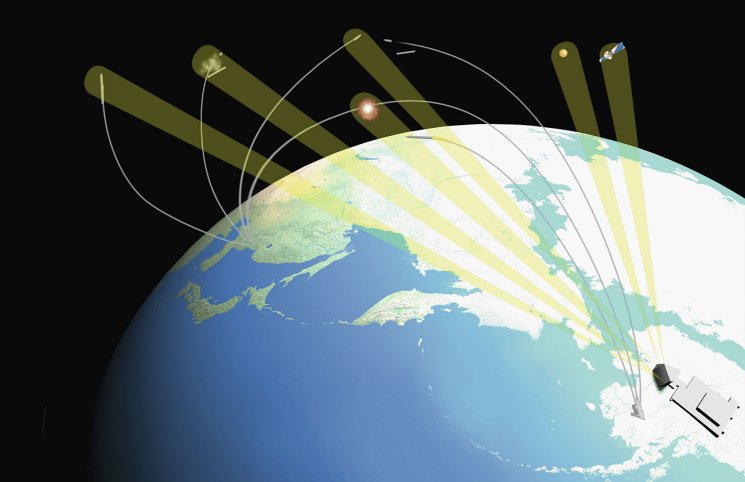
The US Missile Defense Agency (MDA) is requesting USD274.7 million in fiscal year 2020 (FY 2020) to continue development of the Home Defense Radar in Hawaii (HDR-H), which is scheduled to be available in 2023, USD6.7 million for a Pacific Discriminating Radar to be available in 2026, and USD136.4 million for a Long Range Discrimination Radar (LRDR) to come online in 2022.
Last year MDA requested USD62 million for HDR-H and USD34 million for the Pacific Discriminating Radar. Both systems address US Northern Command and US Indo-Pacific Command operational requirements for a near-term persistent solution against advancing threats and close capability gaps throughout the Pacific region, according to the MDA’s budget documents.
HDR-H is to provide “persistent capability, augmented by other sensors … to increase capability of [ground-based interceptors] GBIs in the defense of Hawaii”, MDA said. It is expected to finish development and initial fielding in FY 2023 for integration and testing. Next year the agency plans to request construction funding – the HDR-H is to be built in two phases, one in FY 2021 and a second in FY 2022.
The Pacific Discriminating Radar is intended to provide “persistent midcourse discrimination, precision tracking, and hit assessment to support the defense of the homeland against long-range missile threats and defense against regional threats” for US Indo Pacific Command. MDA expects it to be complete around 2026.
The Pacific Discriminating Radar’s location is still to be determined, MDA’s acting director for operations Michelle Atkinson told reporters at the Pentagon on 12 March. The agency is continuing to assess all potential sites, including on US or foreign territories, and the location will determine what sort of capability the radar must have (such as power and radar band requirements), MDA deputy director Rear Admiral Jon Hill added.

Looking to read the full article?
Gain unlimited access to Janes news and more...






